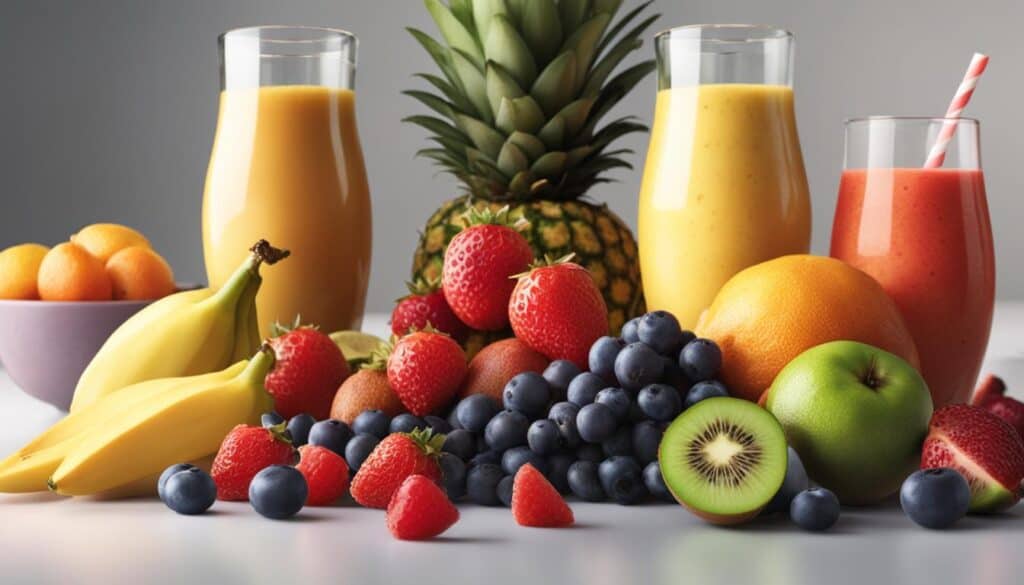
Fruits, bursting with natural sweetness and an array of essential nutrients, are a cornerstone of a healthy diet. Whether enjoyed whole or smashed into a delightful concoction, the nutritional dynamics of fruits can vary. In this blog post, we’ll peel back the layers of this juicy debate to explore the differences in nutritional content between whole fruits and their smashed counterparts.
Whole Fruits: The Natural Package
1. Fiber Content:
Whole fruits, with their intact skins and flesh, deliver a substantial amount of dietary fiber. Fiber aids digestion, promotes a feeling of fullness, and supports a healthy gut microbiome. Apples, pears, and berries are excellent examples of fruits rich in fiber.
2. Vitamins and Minerals:
The skin of many fruits is a treasure trove of vitamins and minerals. For instance, apple peels contain antioxidants, while citrus fruits’ zest is packed with flavonoids. Consuming whole fruits ensures you benefit from the full spectrum of nutrients present in their natural packaging.
3. Slow Release of Sugars:
Whole fruits typically have a lower glycemic index compared to their smashed counterparts. The presence of fiber slows down the absorption of sugars, providing a steady release of energy and helping regulate blood sugar levels.
4. Chewing Benefits:
Chewing whole fruits engages the jaw, promoting saliva production and aiding in the digestive process. The act of chewing also contributes to a sense of satiety, potentially preventing overconsumption.
Smashed Fruits: A Sip of Convenience
1. Concentration of Flavor:
Smashed fruits, whether in the form of juices, smoothies, or purees, offer a concentrated burst of flavor. This can be particularly appealing for those who find the natural taste of some fruits less palatable.
2. Hydration Boost:
Smashed fruits contribute to hydration, especially in the form of fruit juices and smoothies. This can be advantageous, especially in situations where water intake may be insufficient.
3. Quick Nutrient Absorption:
The smashing or blending process breaks down the cell walls of fruits, potentially making nutrients more readily available for absorption. This can be beneficial for individuals with digestive issues or those who may struggle to chew certain fruits.
4. Customizable Nutrition:
Smashing fruits allows for creative combinations, making it easier to incorporate a variety of fruits into a single serving. This can be advantageous for meeting specific nutritional goals or accommodating dietary preferences.
Balancing Act: Making the Right Choice
Choosing between whole fruits and smashed fruits is not a one-size-fits-all decision. It often depends on individual preferences, dietary needs, and health goals. Ideally, incorporating both into your diet can provide a well-rounded approach to nutrition.
Savoring the Best of Both Worlds
In the whole fruits vs. smashed fruits debate, there’s no clear winner. Each has its unique advantages, and the key lies in balancing your consumption based on your nutritional requirements and lifestyle. Whether you relish the crisp bite of an apple or sip on a vibrant smoothie, fruits, in all their forms, remain a delicious and nutrient-packed addition to a healthy diet. So, go ahead, embrace the diversity of fruity delights, and let your taste buds and nutritional needs guide your choices.


